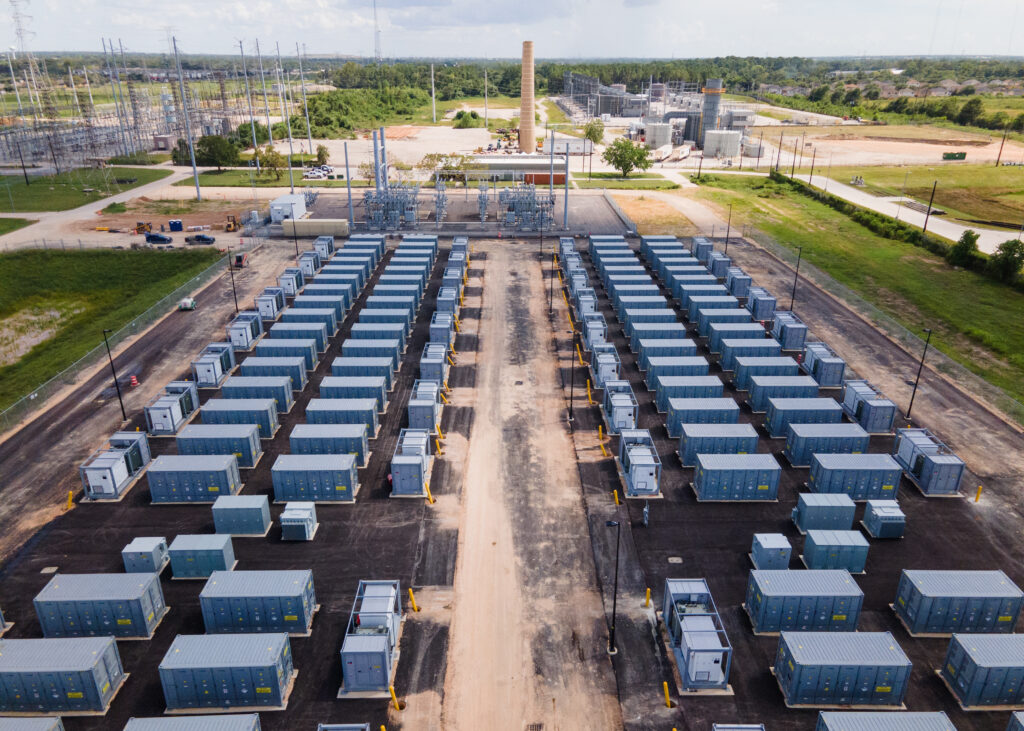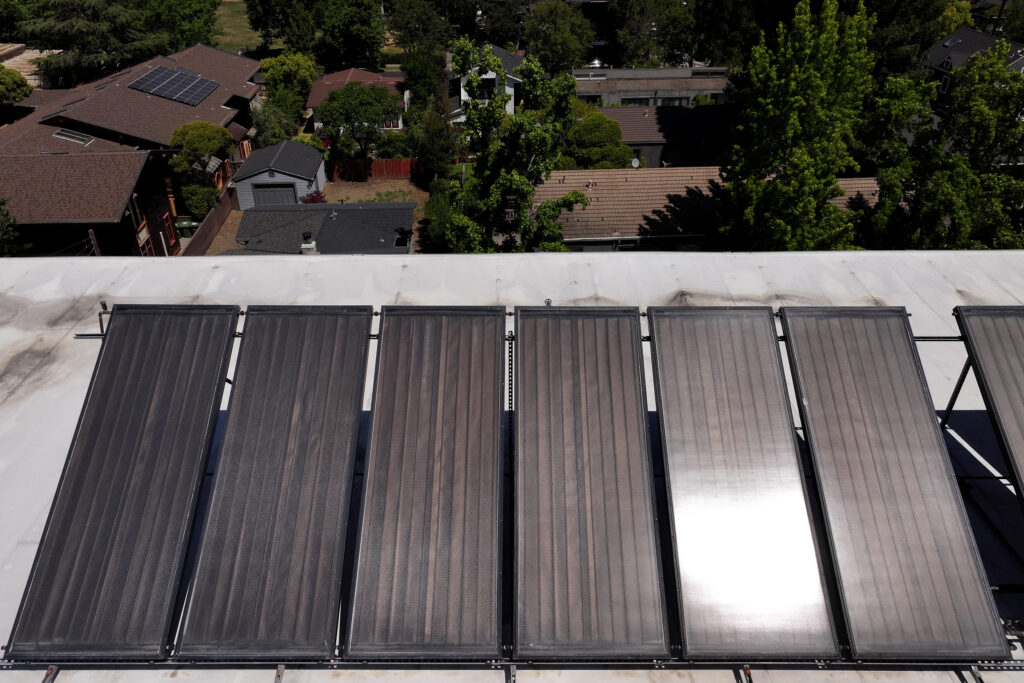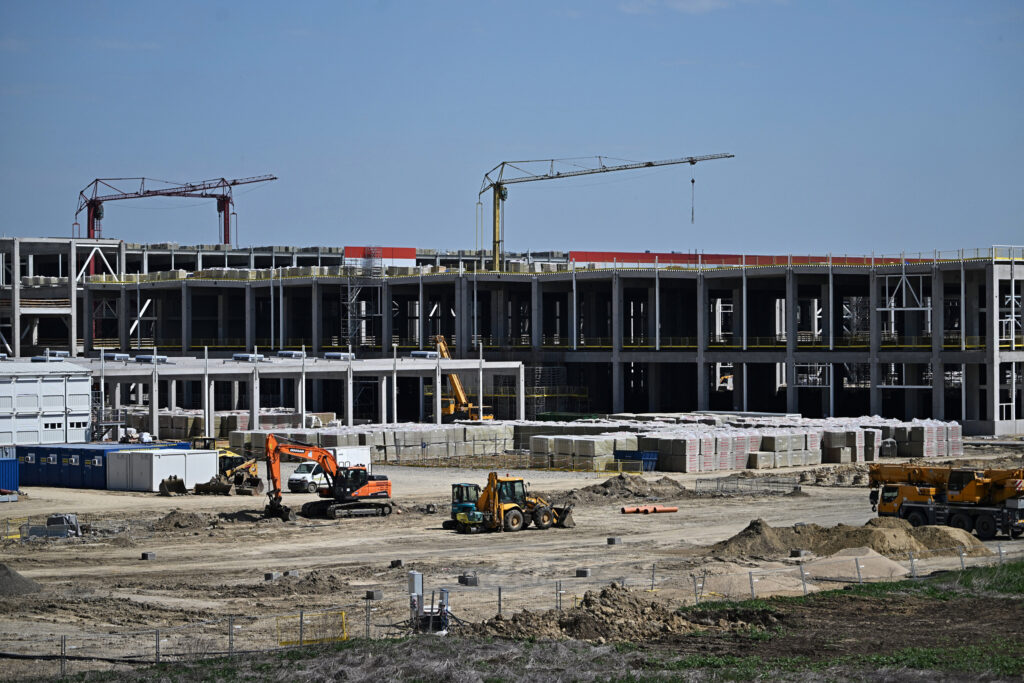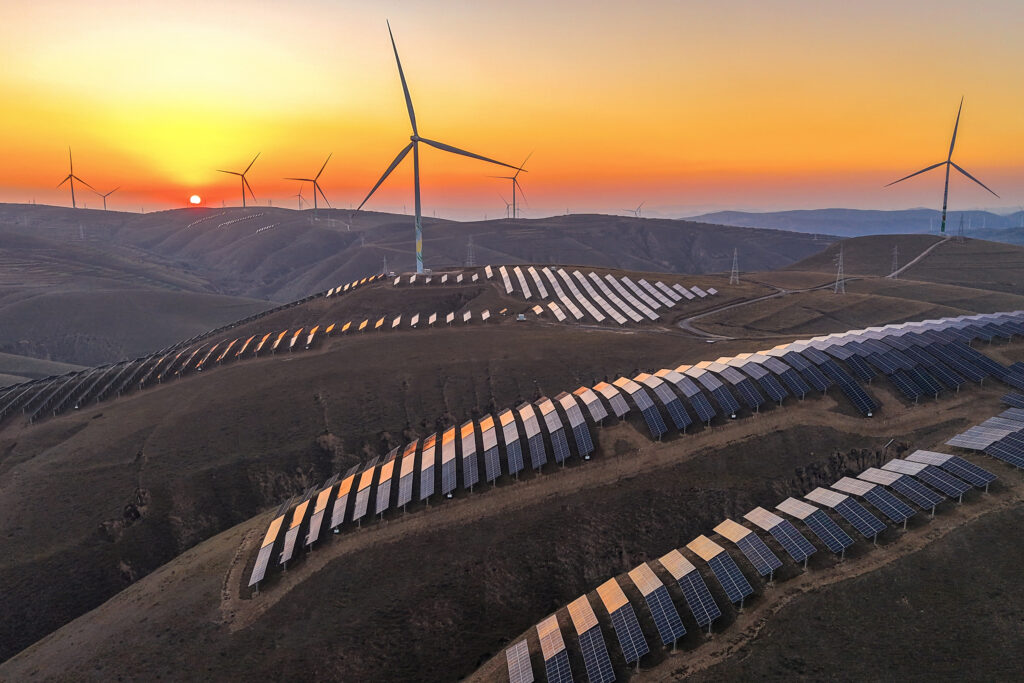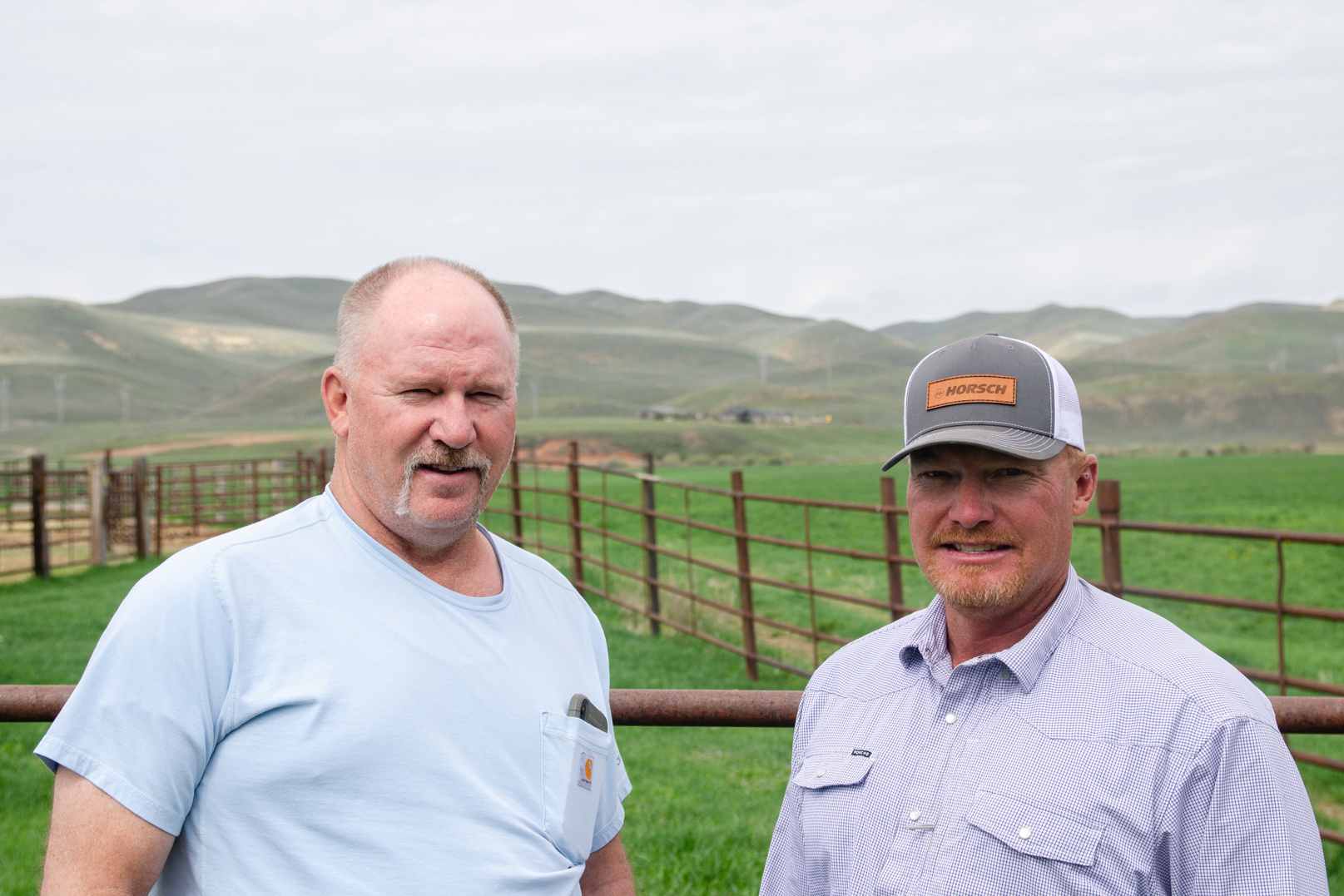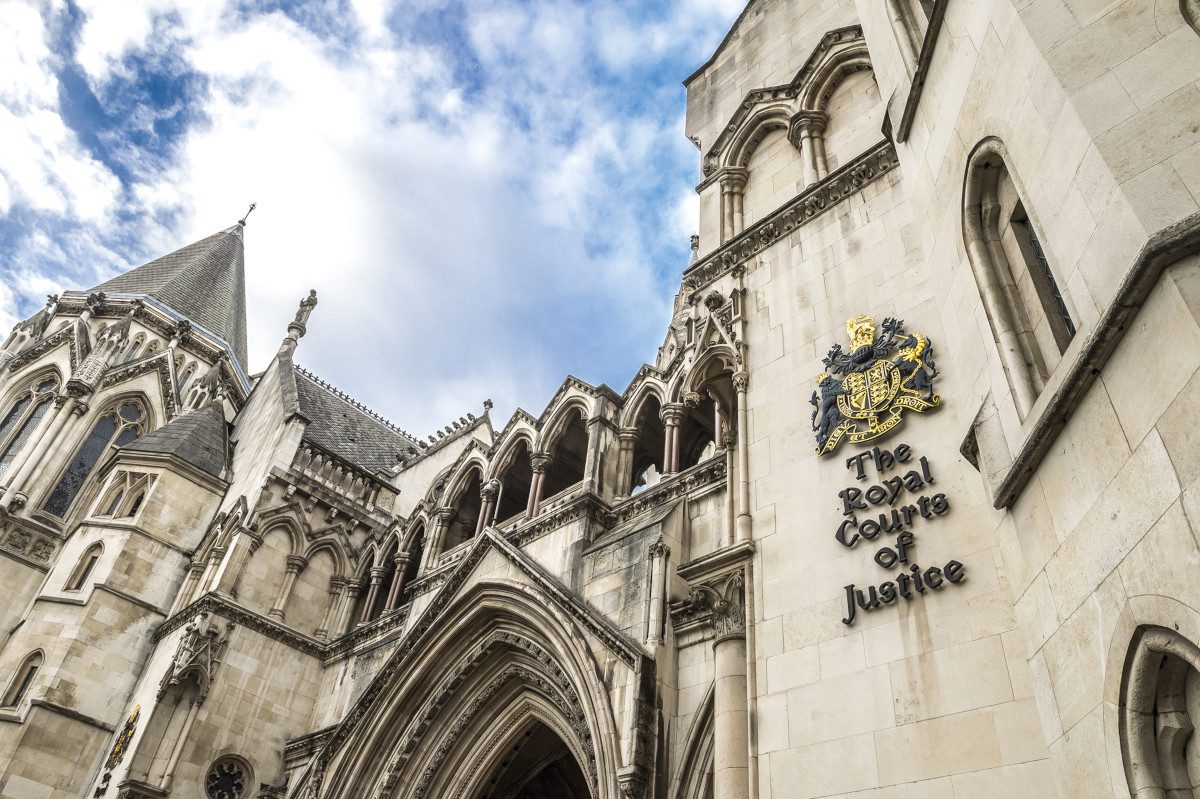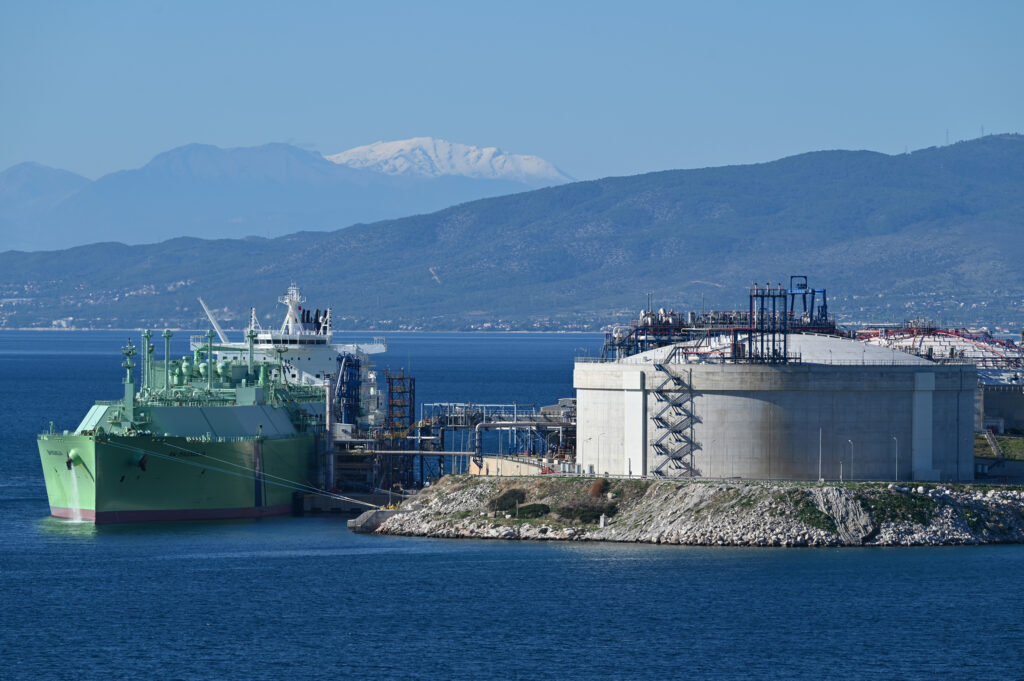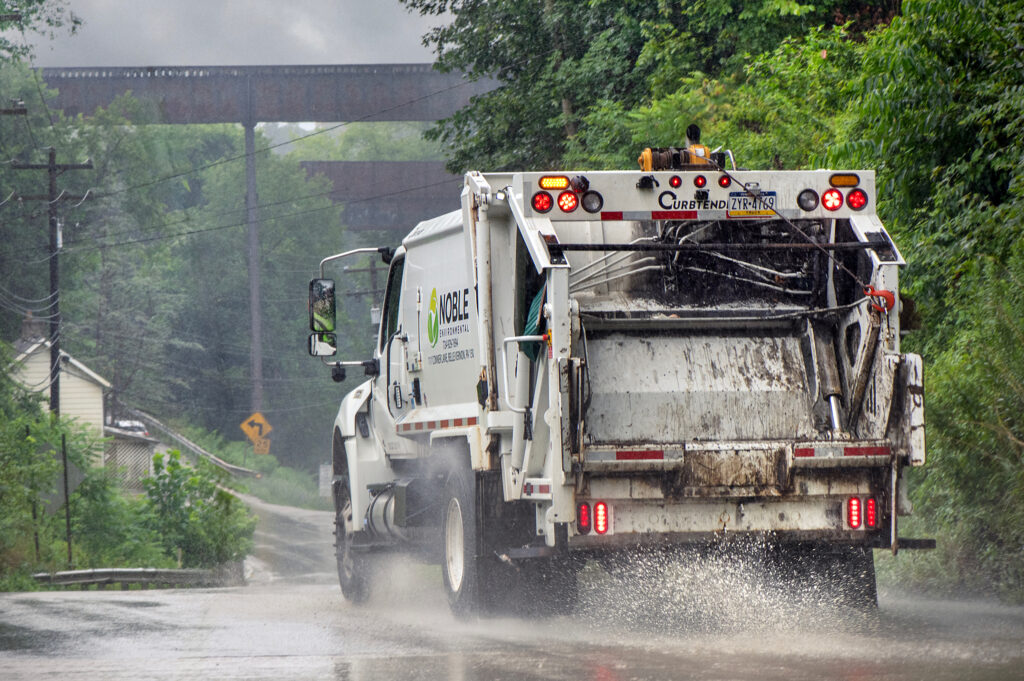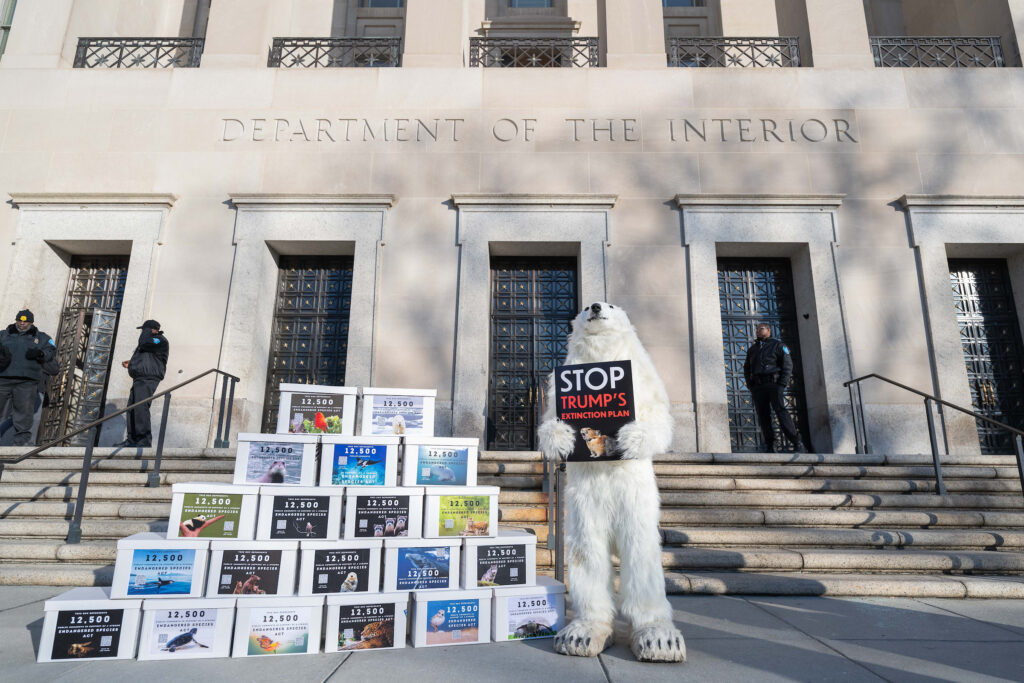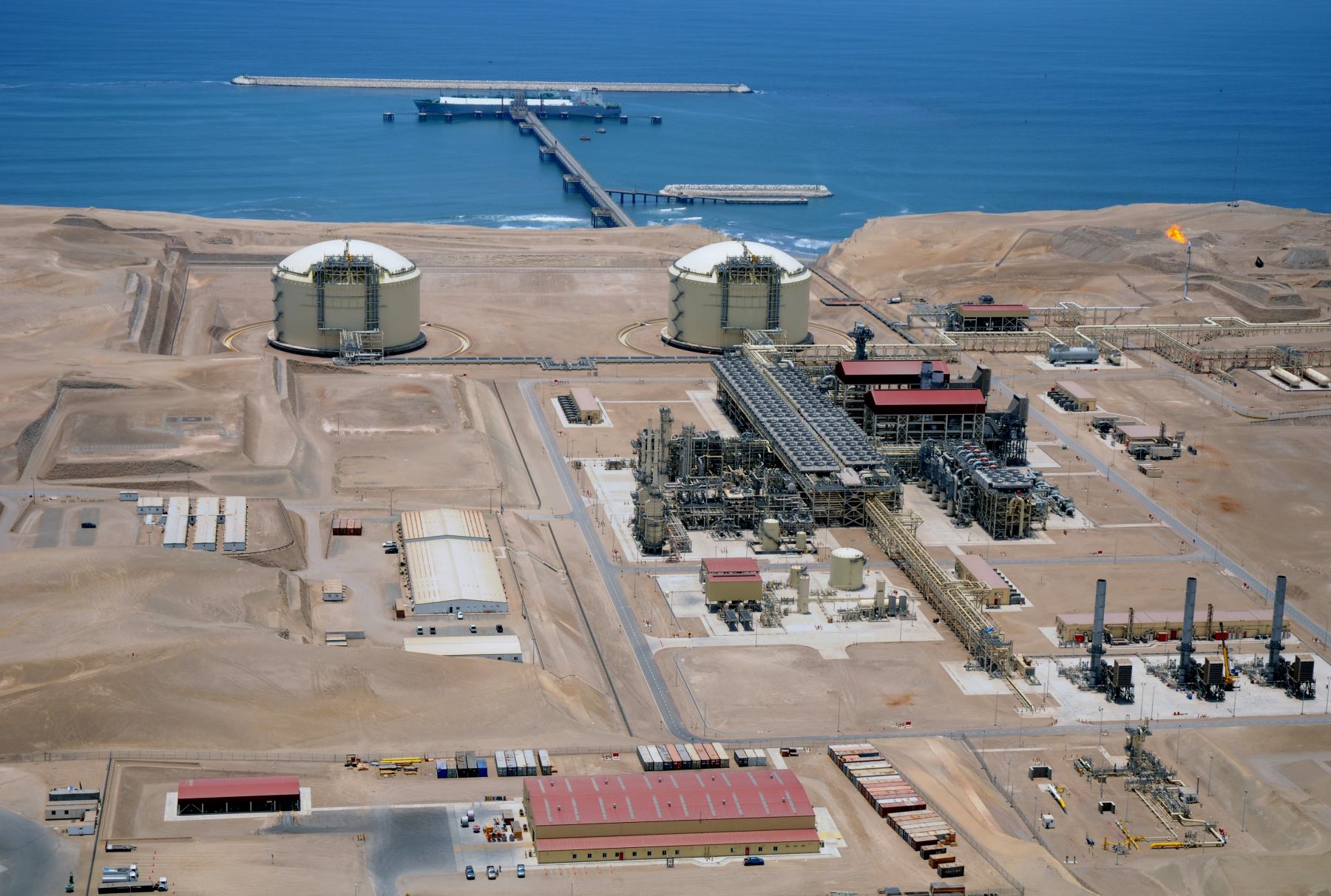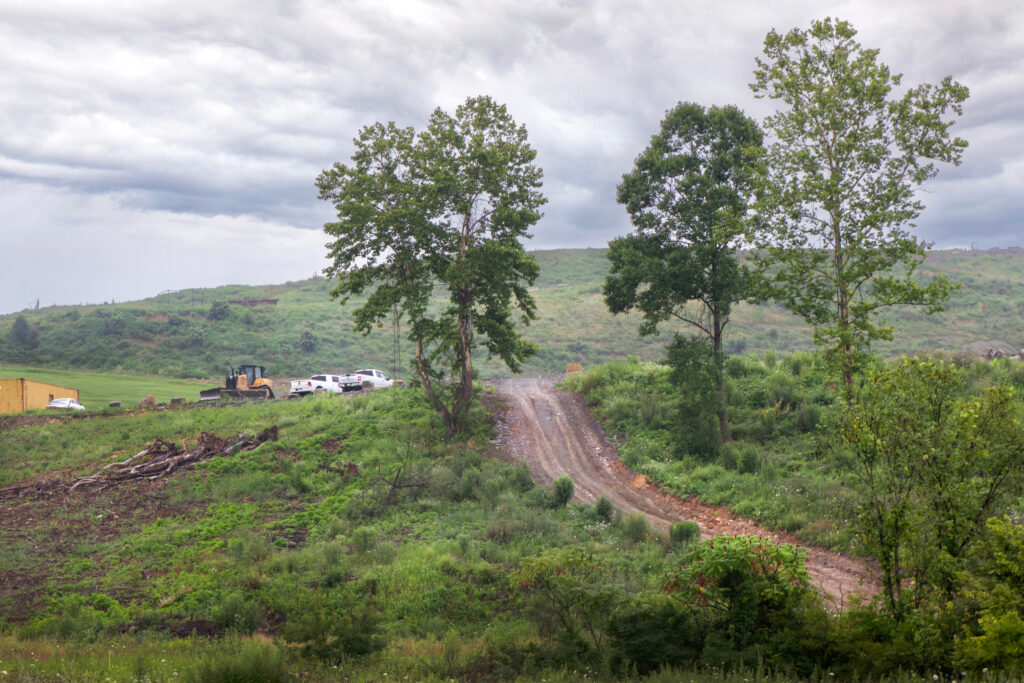Just a few years ago, the closure of the Indian Point nuclear power plant was celebrated by a broad coalition of environmentalists, residents and even actors as a victory for public safety and environmental protection.
But times may be changing in New York, where rising greenhouse gas emissions are now threatening the state’s ambitious climate goals. State officials are exploring a new generation of nuclear technologies, driven by concerns that natural gas, solar and wind power may not be enough to meet growing energy demand, especially during peak periods.
“We need to understand how this [nuclear] technology has advanced, what are the current resources that could be used, and to really be quite careful and objective about looking at the opportunity that it may present,” said Doreen Harris, president and chief executive of the New York State Energy Research and Development Authority (NYSERDA).
In September, the agency convened a summit meeting and released a draft blueprint outlining plans to evaluate advanced nuclear technologies, including advanced light water reactors, sodium and molten salt reactors, high-temperature gas reactors and even fusion reactors.
NYSERDA also sought input from stakeholders to determine the potential role of next-generation nuclear power in New York and identify opportunities to leverage federal funding programs.
New York is far from the only place where advanced nuclear technologies are being considered. Hoping to become a hub for the new technologies, Wyoming is already moving ahead with a small modular reactor project, while Michigan is considering a potential restart of a closed nuclear power station.
In Pennsylvania, Constellation Energy will reopen one of the two reactors at the Three Mile Island nuclear plant. The site is infamous for the 1979 meltdown, the worst in the history of the U.S. nuclear power industry. The reopened reactor will power Microsoft’s energy-hungry data centers while the tech company aims to meet its climate goals. It is scheduled to come online in 2028 and operate at least until 2054.
While decarbonization is a primary driver of the nuclear resurgence, energy security is another critical factor, said Rama Ponangi, who researches nuclear policies at Columbia University’s Center on Global Energy Policy (CGEP).
“New York is highly electricity intensive. There’s a definite need for a clean baseload,” Ponangi said. Nuclear power can help variable energy sources like solar and wind to “do their work,” he added.
Globally, nuclear power production is expected to reach a new high next year, surpassing the previous peak in 2021, as energy demands of homes, businesses and data centers grow.
This is not the future that many experts predicted for nuclear power, as public support fell in the wake of high-profile accidents in Chernobyl and Fukushima, and costs soared in comparison to green sources like wind and solar. In the United States, the number of operating reactors declined from a peak of 112 in 1990 to 92 in 2022.
But in New York State, the 2021 closure of Indian Point, which supplied about 25 percent of the electricity used in New York City and the lower Hudson Valley, has led to a surge in greenhouse gas emissions from natural gas-fired power plants.
Currently, natural gas comprises 46.2 percent of New York’s energy mix. Nuclear accounts for 21.4 percent of the state’s electricity, while hydroelectric power stands at 21.2 percent.

The rise in emissions from burning natural gas is threatening the state’s goal of achieving 70 percent renewably sourced electricity by 2030 and carbon-free electricity by 2040. A state report released in July said New York now may not reach the 70 percent target until 2033.
New York has aggressively promoted green energy initiatives, including the development of offshore wind and creating tax credits and rebates to encourage the adoption of solar and wind. However, as electricity demand continues to increase, concerns about grid reliability are also rising, especially during periods when winds are calm or the sun is not out.
Unlike wind and solar, nuclear power can generate low-carbon electricity at a constant rate no matter the weather or time of day. Advocates of nuclear power argue that a new generation of plant designs, including water-cooled small modular reactors, hold out the prospect of providing reliable, low-risk baseload power without the higher costs and large geographic footprints of older, conventional nuclear plants.
“If you don’t have nuclear … as one of the tools in the tool case, it’s going to be almost impossible to meet the climate objectives,” said Marcus Nichol, executive director of New Nuclear at the Nuclear Energy Institute, an industry lobbying group.
On Nov. 12, the Biden administration laid out a roadmap to at least triple U.S. nuclear power generation by mid-century, aiming to add 200 GW of net new nuclear capacity through new plants, existing reactors and reactor restarts.
Experts suggest that as Donald Trump returns to White House in January, nuclear energy could continue advancing as it enjoys rare bipartisan support.
“Both sides of the aisle [recognize] its critical role in decarbonizing the U.S. economy and energy security, which is integral to national security,” said Ponangi. “All signs suggest strong momentum for nuclear energy in the second term” of a Trump administration.
During Trump’s first term, he signed into law measures accelerating the development of advanced reactors and modernizing the functions of the U.S. Nuclear Regulatory Commission.
But critics said the nuclear industry is vastly underestimating the time and cost of deploying these new technologies. They said agencies like NYSERDA would be better off doubling down on incentives for greener power sources and storage technologies to make solar and wind-generated power available around the clock.
“We should be barreling down on getting the wind and the storage and batteries that we need,” said Robert Howarth, a member of the New York State Climate Action Council, who researches the environmental consequences of energy systems at Cornell University. Any reconsideration of nuclear power, he said, is “a distraction rather than a help.”
Bob Cohen, policy and research director at Citizen Action of New York, sounded a similar note. “New York can be a climate leader with proven and safe renewables like solar, wind, and geothermal; but, to do so, Governor [Kathy] Hochul cannot fall for ultra-expensive, dangerous, and unproven promises of new nuclear facilities in our state,” he said in a release.
Despite the criticism, NYSERDA is moving ahead with plans to develop a strategy for advanced nuclear power sources. The agency said its plan will address technological readiness, safety, siting, supply chain, waste generation and disposal and project financing.
Readiness is a key concern, because even though the U.S. government and private companies have been developing molten salt reactors, sodium-cooled fast reactors and high-temperature gas reactors, none of these technologies have ever been deployed commercially. Facilities haven’t even been licensed yet to manufacture the new forms of uranium fuel that most of those new technologies would require.
NYSERDA is currently identifying companies that are pursuing or interested in potentially playing a role in advanced nuclear energy development in the state.
Most of the advanced nuclear technology deployments in the country are not expected until after 2030, and Columbia’s Ponangi thinks it may take even longer, cautioning that construction and deployment delays are common in nuclear projects, making it difficult to meet deadlines.
As climate change accelerates, Ponangi said the United States needs an inclusive approach that considers all clean energy options, including nuclear.
“You need to incentivize all clean energy sources and nuclear definitely has to play a role in that,” he said.
About This Story
Perhaps you noticed: This story, like all the news we publish, is free to read. That’s because Inside Climate News is a 501c3 nonprofit organization. We do not charge a subscription fee, lock our news behind a paywall, or clutter our website with ads. We make our news on climate and the environment freely available to you and anyone who wants it.
That’s not all. We also share our news for free with scores of other media organizations around the country. Many of them can’t afford to do environmental journalism of their own. We’ve built bureaus from coast to coast to report local stories, collaborate with local newsrooms and co-publish articles so that this vital work is shared as widely as possible.
Two of us launched ICN in 2007. Six years later we earned a Pulitzer Prize for National Reporting, and now we run the oldest and largest dedicated climate newsroom in the nation. We tell the story in all its complexity. We hold polluters accountable. We expose environmental injustice. We debunk misinformation. We scrutinize solutions and inspire action.
Donations from readers like you fund every aspect of what we do. If you don’t already, will you support our ongoing work, our reporting on the biggest crisis facing our planet, and help us reach even more readers in more places?
Please take a moment to make a tax-deductible donation. Every one of them makes a difference.
Thank you,




